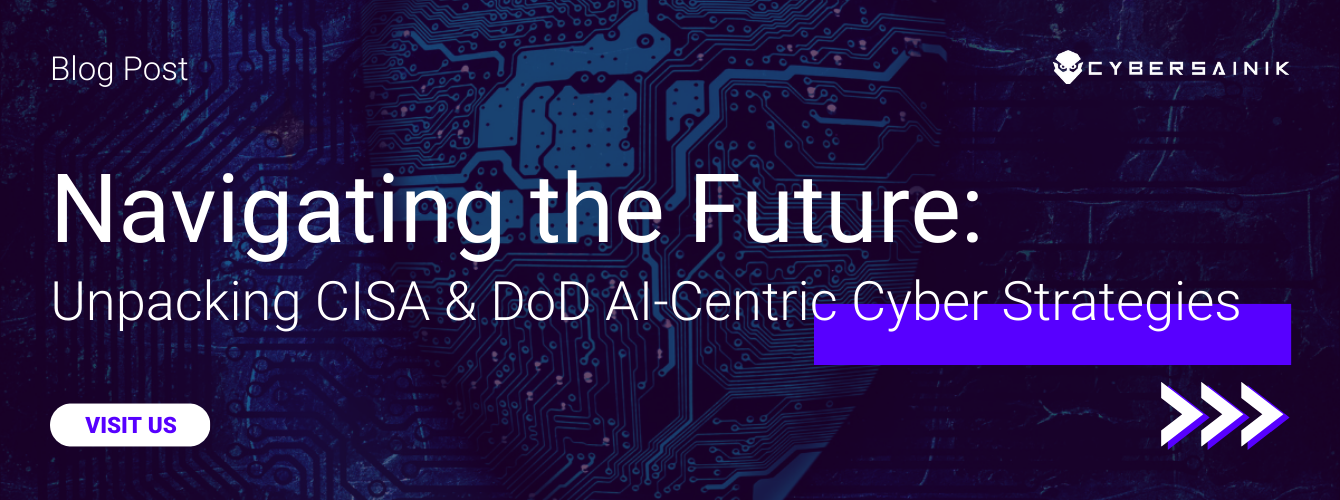As our reliance on technology increases, so does the importance of having strong cybersecurity measures in place. According to a recent study, 43% of cyber attacks target small businesses, and the average cost of a data breach is now $3.92 million. A single breach can result in serious damage to a business, including financial loss, reputational damage, and even legal liability.
What’s more, the types of attacks are becoming more sophisticated. In the past, most attacks were carried out by amateur hackers or criminals looking to make a quick buck. Now, we’re seeing more and more attacks carried out by well-organized and well-funded groups, often with political or ideological motivations. So how can businesses protect themselves?
There’s no single silver bullet, but there are a number of steps businesses can take to improve their cybersecurity posture. In this blog post, we will discuss five ways that you can advance your SecOps program and improve your organization’s security posture.
1. Assess Your Current State
The first step in improving your SecOps capabilities is to assess your current state. SecOps is a collaborative approach to security that brings together development and operations teams to help prevent, detect, and respond to cyber threats. What are your strengths and weaknesses? What areas need improvement? What challenges do you face daily?
Once you clearly understand your current situation, you can develop an improvement plan. Identify the specific steps you need to take to strengthen your security operations. Establish timelines and goals, and ensure everyone in your organization is on board with the plan. Continual assessment and evolution of your SecOps strategy are vital to staying ahead of the curve and keeping your organization safe from cyber threats. Answer:
There are a few different ways to assess your current state of SecOps and advance your security operations. One way is to measure your organization’s current compliance with relevant security standards like PCI DSS or ISO 27001. Assessment will give you a good idea of where your organization stands regarding its adherence to best practices for security.
Another way to measure your current state of SecOps is to conduct a risk assessment. This will help you identify potential areas of vulnerability within your organization and help you prioritize resources accordingly.
2. Detect & Act-On Endpoint Threats
Endpoint security is a cornerstone of any modern security operation. The ability to detect and respond to threats at the endpoint level is crucial to protecting your organization from data breaches and other attacks. However, advance your endpoint security efforts by taking a few extra steps. Here are four ways to do just that:
Implement Proper Training – Your users are the weakest link in your security chain. Make sure they are properly trained on how to identify and report suspicious activity. Give them the tools they need to stay safe, such as two-factor authentication and robust password management solutions.
Install Advanced Security Solutions – Endpoint detection and response (EDR) solutions can give you visibility into malicious activity on devices within your network. Additionally, consider deploying application whitelisting and other advanced security controls to protect your endpoints further.
Keep Your Systems Updated – Make sure you keep all your systems and applications up-to-date with the latest security patches. Updating your system will help close any vulnerabilities that attackers could exploit.
Monitor Endpoint Activity – Regularly monitor endpoint activity for any suspicious behavior. Endpoint monitoring can help you quickly identify and respond to potential threats.
3. Utilize Advanced Analytics to Eliminate Threats
Security is all about data. You need to know your data, where it came from, and how it’s used. With today’s big data environments, that’s a tall order. But luckily, advanced analytics can help.
Advanced analytics is a term for rigorous statistical methods and machine learning techniques that can be used to analyze very large datasets. By identifying patterns and correlations in data, advanced analytics can help you make better decisions about security threats and vulnerabilities.
For example, say you have a dataset of all the attempted logins to your company’s systems over the past year. An analyst could use advanced analytics to identify patterns in failed login attempts, such as common usernames or IP addresses. This information could then be used to improve your company’s login security.
Advanced analytics can also be used to predict future security threats. For example, if you have a dataset of past cyber-attacks, an analyst could use machine learning to identify patterns in the data that might indicate a future attack. By using advanced analytics, you can stay one step ahead of the bad guys.
4. Automate Incident Response
In an era of increasingly sophisticated cyber-attacks, the need for effective incident response is more critical than ever. Unfortunately, many organizations struggle to keep up with the rapidly evolving threat landscape. One way to improve your organization’s security posture is to automate incident response.
There are a number of advantages to automating incident response. First, it can help speed up identifying and responding to incidents. This is important because every minute counts when containing a security breach.
Second, it can help reduce the likelihood of human error. With manual processes, there is always the possibility of someone making a mistake that could jeopardize the entire operation. Third, automating incident response can help free up valuable resources that can be better spent on other tasks.
5. Leverage Threat Intelligence
Threat intelligence understands an adversary’s capabilities and intentions to inform decision-making. In security operations, threat intelligence can inform decisions about which threats to investigate, how to allocate resources, and where vulnerabilities may exist.
There are a number of ways to collect threat intelligence. The most common sources of information include open sources such as websites and social media, dark web forums, malware analysis, and incident response data.
Once you have collected threat intelligence, it needs to be analyzed and turned into actionable information. You can do this by identifying trends and indicators of compromise (IOCs), developing models of likely attack paths, and creating dashboards that present information in a way that is easy to understand and act on.
Schedule a Consultation With Us
If you’re looking to take your security operations to the next level, we encourage you to schedule a free consultation with our team. We’ll work with you to assess your specific needs and develop a plan to help you advance your SecOps. Contact us today to get started.




